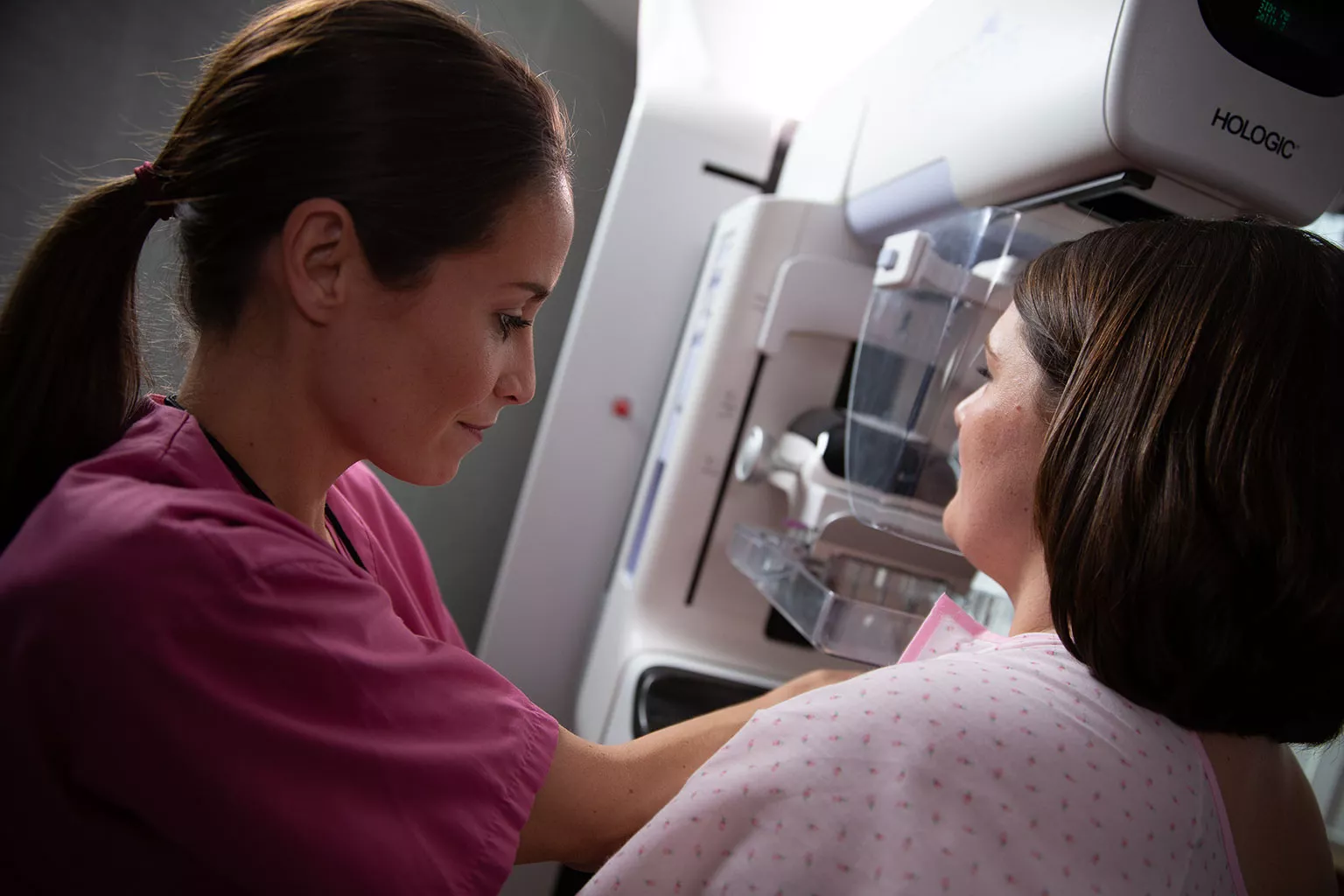New Research Shows 3D MammographyTM Exam Demonstrates Improved Breast Cancer Screening Outcomes

The largest study of 3D MammographyTM exam to date reported a lower recall rate and higher cancer detection rate than screening with 2D mammography alone
A newly-published study showed that women screened for breast cancer using a 3D MammographyTM exam, generally referred to as digital breast tomosynthesis (DBT), had improved outcomes compared to those screened with standard digital mammography (2D) alone.
The research was published in Radiology – a journal of the Radiological Society of North America – and concluded that women screened with DBT had a lower recall rate (8.9% compared to 10.3%) and higher rate of successful cancer detection (5.3 per 1000 compared to 4.5 per 1000) based on analysis from over 2 million screening exams1. Although the biopsy rate was higher with DBT versus DM (17.6 of 1000 screening mammograms vs 14.5 of 1000); the positive predictive value of biopsy did not differ (29.3% vs 30.0%).
Quote from Emily F. Conant, M.D., FSBI
We showed that the most important mammographic screening outcomes, increased cancer detection combined with fewer false positives, were significantly improved when women were screened with digital breast tomosynthesis compared to 2D digital mammography alone.
The study group was comprised of more than 1 million women aged 40 to 79 who were screened for breast cancer over a nearly seven-year period from January 2014 to December 2020, with most having at least two screenings in that time. “We showed that the most important mammographic screening outcomes, increased cancer detection combined with fewer false positives, were significantly improved when women were screened with digital breast tomosynthesis compared to 2D digital mammography alone,” said study co-author Emily F. Conant, M.D., FSBI, professor of radiology and chief in the Division of Breast Imaging at the Hospital at the University of Pennsylvania in Philadelphia. “Therefore, women should seek out sites that routinely offer breast cancer screening with DBT.”
The study validates the findings of previous smaller studies and adds to the growing amount of evidence demonstrating advanced DBT technology is a superior screening method that has a higher breast cancer detection rate. DBT captures multiple X-ray images of the breast from various angles, while standard digital mammography typically only captures a single image per view.
To read the full study in Radiology, click here.
1. Conant EF, Talley MM, Parghi CR, et al. Mammographic Screening in Routine Practice: Multisite Study of Digital Breast Tomosynthesis and Digital Mammography Screenings Radiology 2023; 000:e221571 https://doi.org/10.1148/radiol.221571
The content in this piece is for informational purposes only and is not intended to be medical advice. Please contact your medical professional for specific advice regarding your health and treatment. This information is not intended as a product solicitation or promotion where such activities are prohibited. Because Hologic materials are distributed through websites, eBroadcasts and tradeshows, it is not always possible to control where such materials appear. For specific information on what products may be available in a particular country, please write to womenshealth@hologic.com.

